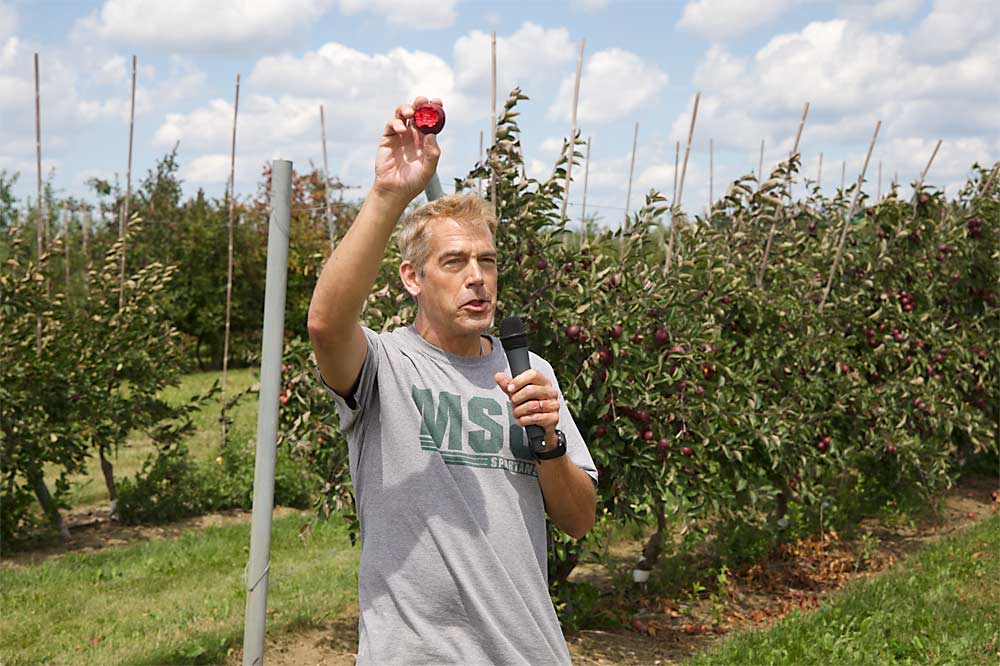
Michigan Pomesters held its 11th annual Ridgefest field day July 28, touring research trials at Michigan State University’s Clarksville Research Center in Clarksville.
During the field day, MSU researchers shared some of their latest findings with the Pomesters audience. The first presenter was horticulture professor and cherry specialist Greg Lang, who summed up his years of work studying planar sweet cherries. (Michigan Pomesters named Lang its 2022 Fruit Person of the Year during the field day.)
“This is kind of the culmination of 20 years of various kinds of trials,” Lang said of his research. “Every new trial, we try to make incremental progress.”
In his trials, the Upright Fruiting Offshoots system had yields equal to or superior to tall spindle axe, super slender axe and Kym Green Bush. Of the four systems, UFO was also the most labor-efficient for pruning and harvesting. Subsequent trials studied various iterations of UFO, including as a single vertical plane or a dual angled plane, Lang said.
There are many benefits to having planar canopies for sweet cherries, including high labor efficiencies and ease of mechanization. A decade from now, all progressive cherry orchards will have planar architectures, Lang said.
MSU horticulture professor Steve van Nocker discussed MSU’s red-juice apple development and evaluation program and the Great Lakes Cider Apple Collection.
Red-fleshed apples are comparatively rare, and most lack characteristics such as size and reliability that are required for commercial harvest. To find suitable red-fleshed varieties for juice production, van Nocker spent the better part of a decade visiting apple collections around the world and cataloging thousands of cultivars. He selected 12 varieties he thought might grow well in Michigan, and he planted dozens of trees of each at Clarksville. After a few years of evaluating harvests, two commercially viable varieties emerged: Otterson and Cranberry.
Van Nocker and his research team are using Otterson and Cranberry as parental lines in a small-scale breeding program, making crosses between red-fleshed varieties and high-value commercial varieties such as Honeycrisp, Gala, Golden Delicious and Fuji, he said.
The Great Lakes Cider Apple Collection is a trial measuring the performance of traditional hard cider apple varieties in Michigan. Growers in general have little information on these varieties and how they might grow in the Great Lakes region, van Nocker said.
MSU tree fruit specialist Julianna Wilson discussed the apple replant project at Clarksville. Replant disorder has not been a major problem in Michigan orchards, but concerns about it are growing, and growers are looking for answers grounded in their specific soil and environmental conditions.
Replant disorder occurs when new trees are planted where old trees once grew. The big root systems left behind in the soil can support huge amounts of fungi, pests, including nematodes, and pathogens — all of which might suppress the growth of the new trees, she said.
Michigan’s accelerating transition from older, low-density orchards to newer, high-density orchards exacerbates the potential for problems. Small, modern trees on vigor-suppressing rootstocks are more likely to be sensitive to replant disorder, Wilson said.
MSU tree fruit physiologist Todd Einhorn and researcher Mokhles Elsysy discussed the utility of using nets to manage crop load by excluding pollinators.
Dropping protective nets during early bloom can prevent pollinators from continuing their work, resulting in reduced fruit set that might eliminate the need for hand or chemical thinning for multiple varieties. Einhorn’s team is also trying to answer more fundamental questions about the relationship between seed content and fruit quality, as conventional wisdom holds that pollination and, therefore, seed set improves fruit quality. Initial trial results didn’t show a strong relationship between seed number and fruit weight and shape, however, implying the relationship is not as strong as the scientific literature suggests, Elsysy said.
MSU apple production specialist Anna Wallis discussed two new chemical thinning tools: Accede, a new plant growth regulator from Valent BioSciences, and metamitron, a photosynthesis inhibitor marketed as Brevis by Adama. Accede, the first chemical thinner developed specifically for stone fruit, also has potential as a late thinner of apples. It’s on the market now. Brevis, targeted for registration in Michigan in 2024, has excellent potential as a chemical thinner of apples, Wallis said.
MSU professor Courtney Hollender showed the Pomesters her block of oddly shaped fruit trees. Hollender is studying the genetics of tree architecture, with the goal of finding high-density, two-dimensional fruiting wall systems that work for each tree fruit species grown in Michigan, she said.
Hollender and her team have planted dozens of peach, plum and apple trees with unusual shapes. Some have wide-angled branches, some narrow-angled. Some are weeping, some columnar. Some spread out, some curl in, and some branches are barely off the ground. She is particularly interested in the LAZY1 gene, which regulates lateral shoot and branch orientations in many plants, she said.
—by Matt Milkovich

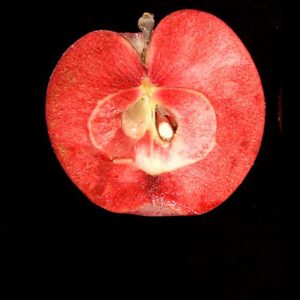
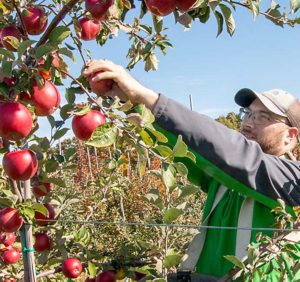
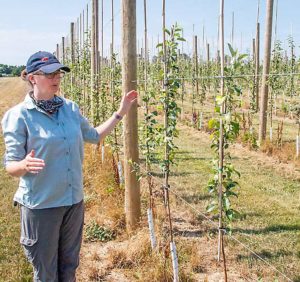
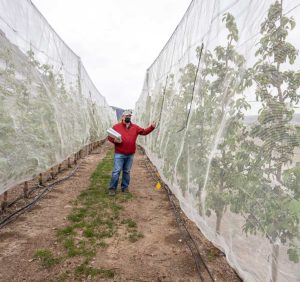
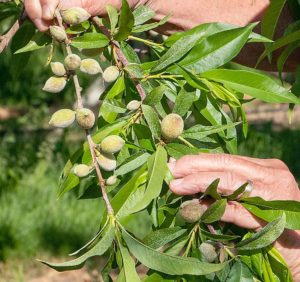
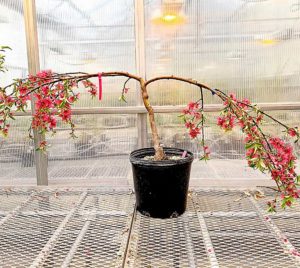





Leave A Comment